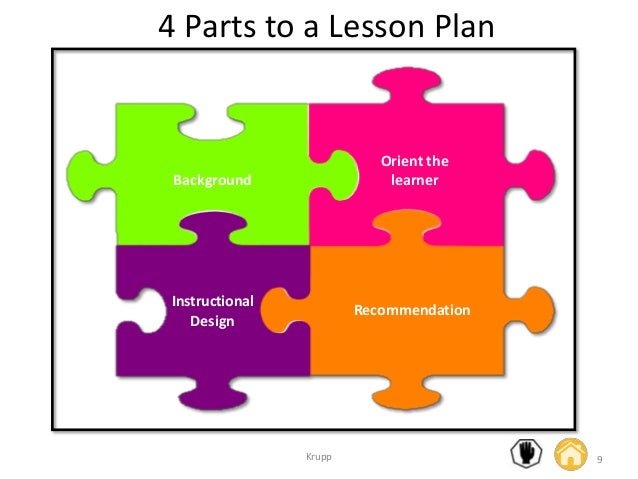Origins of Social Studies
- history has dominated the discipline
- lectures and discussions are primary teaching devices
- occasional audio visual aids and field trips
- homework assigned from textbooks
- Elementary
- small group and independent work
- manipulative, films, TV, computers
- integrated approaches
- greater instructional variety than other subjects
Social Studies Powerful Elements
- Meaningful- engaging, connects students with real world situations
- Integrative- draws on more than one discipline, subject or skill set
- Value-Based- strengthens students sense of democratic values and social responsibility
- Challenging- incorporates different perspectives and draws on students critical-thinking skills
- Active- participatory, makes use of manipulative or physical environment
- ***FIVE PRINCIPALS OF EFFECTIVE TEACHING***
How People Learn? What is Learning?
- Percentage of what we learn which is retained in memory
- When we read 10%
- When we hear 20%
- When we see 30%
- When we see and hear. 20%
- When we discuss 50%
- When we do things 75%
- When they teach others 95%
Structure of Knowledge:
- bottom of triangle to top:
- facts
- concepts
- generalizations
- metacognition-thinking about your own thinking and allows you to regulate and how you can apply that to your life
- Educational Philosophies
- Re-constructional
- existentialism
- Progressivism
- perennialism/Essentialism
- MODELS- approach to teaching
- behavioral theory- major focus is to see behavior, it is done by setting a stimuli
- Information-processing- give students the tools they need in order to understand. It is designed around engaging different types of memory.
- Social interactive- to get students to work together and interact
- Personal- helps students with self identity, self esteem, give them individual projects
- STRATEGIES
- Direct- bring students together with singles of attention, activate prior knowledge
- teach and repeat, guided practice, independent practice, I do, you do, we do
- Strategy
- Indirect/Cognitive- learning through exploring and explaining things
- inquiry method
- Indirect/interactive- teacher is doing everything, give students tasks to learn and create with others
- jigsaw method
- role play
- simulation
- Indirect/Individual- students complete tasks and explain on their own
- METHODS- ways of teaching
- demonstrations
- guided practice
- lecture
Instruction
- Personal/Independent Study/Experimental
- Social-interactive
- Information-processing/indirect/cognitive
- Behavioral/Direct
What are Building Blocks/Components of Objectives?
- behavior
- condition- starts with given, based on lesson being taught verbs will be different
- ex: given a graphic organizer on exploring the world students will list (if direct instruction)
- criteria
- Direct- explain (lecture)
- Indirect/Cognitive (inquiry)
- Indirect/Social
- Indirect/Personal



Comments
Post a Comment